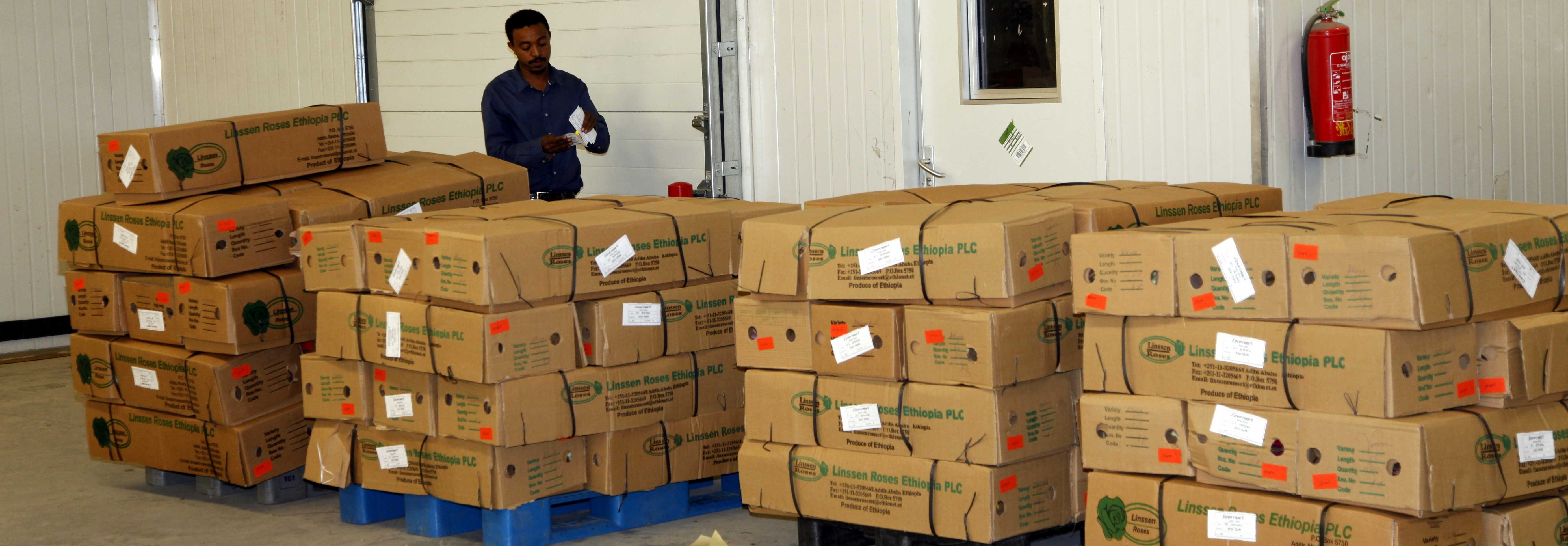In our cultivation climate, a rose has to grow approximately two months before it is ready to be harvested. On average, one rose plant lasts up to five years. However, this depends to a large degree on the variety of rose. This is why selecting the varieties of roses for cultivation is an important step in the overall process. Our selection guarantees that the roses from our greenhouse have a good lifespan.
Because our farm is located at 2,100 metres above sea level, the climate is cool. This makes the roses grow more slowly and become stronger and more resilient. Such a climate is conducive to a rose’s vase life. Naturally, all conditions must be optimal during a rose’s growth. We positively influence these conditions by means of special polytunnels, smart ventilation, ingenious irrigation, and effective pest control. You can read more about this on our page about durable cultivation.






We harvest 4 times a day, 365 days a year. Immediately after harvesting, the roses are put in water to prevent them from drooping. The roses absorb water and stay upright. This water needs to be clean to prevent clogged containers and, consequently, a shorter vase life. For this reason, we work exclusively with clean spring water. As this doesn't require disinfectants, we're also able to reduce our environmental footprint.
To make sure the roses arrive at their destination as fresh as possible, we cool them from the moment they have been bundled until they're delivered to our customers. We prevent unnecessary temperature fluctuations by ensuring an unbroken cold chain. Fluctuating temperatures create condensation, which may in turn cause botrytis (i.e. mould). After harvesting, the roses stay in cold storage overnight to properly prepare them for transport.
The next day, our roses are well under way to their destination. We pack them into cardboard boxes and drive them to the airport in cooling vans. The farm-to-airport ride spans 70 kilometres. At the airport, the Ethiopian Airlines’ cold stores keep the roses at the right temperature until they are ready to board the plane. The roses are then flown to their destination country. Having passed the airport customs clearance, the roses go to the designated customer or our very own company in Venlo.
When the roses arrive in Venlo, they are checked thoroughly for any damage and defects. Before the roses are packaged for sale, a small piece is cut off the bottom of the rose stems. This increases water absorption and extends the roses' vase life. Because the transport process dehydrates the roses, we put them in water with added cut flower feed. The nutritious water keeps them standing upright and gives them a longer vase life.
Another overnight stay in cold storage allows the roses to rest. The next day, they're ready for sale. We perform regular 'blooming tests' to find out how long the roses bloom before they begin to find fade. Such tests are especially important in periods of rain, as atmospheric humidity increases the chance of botrytis. It's our main aim to provide our customers with the absolute best of roses. Our customers can enjoy the beauty of our roses for a minimum of one week.




